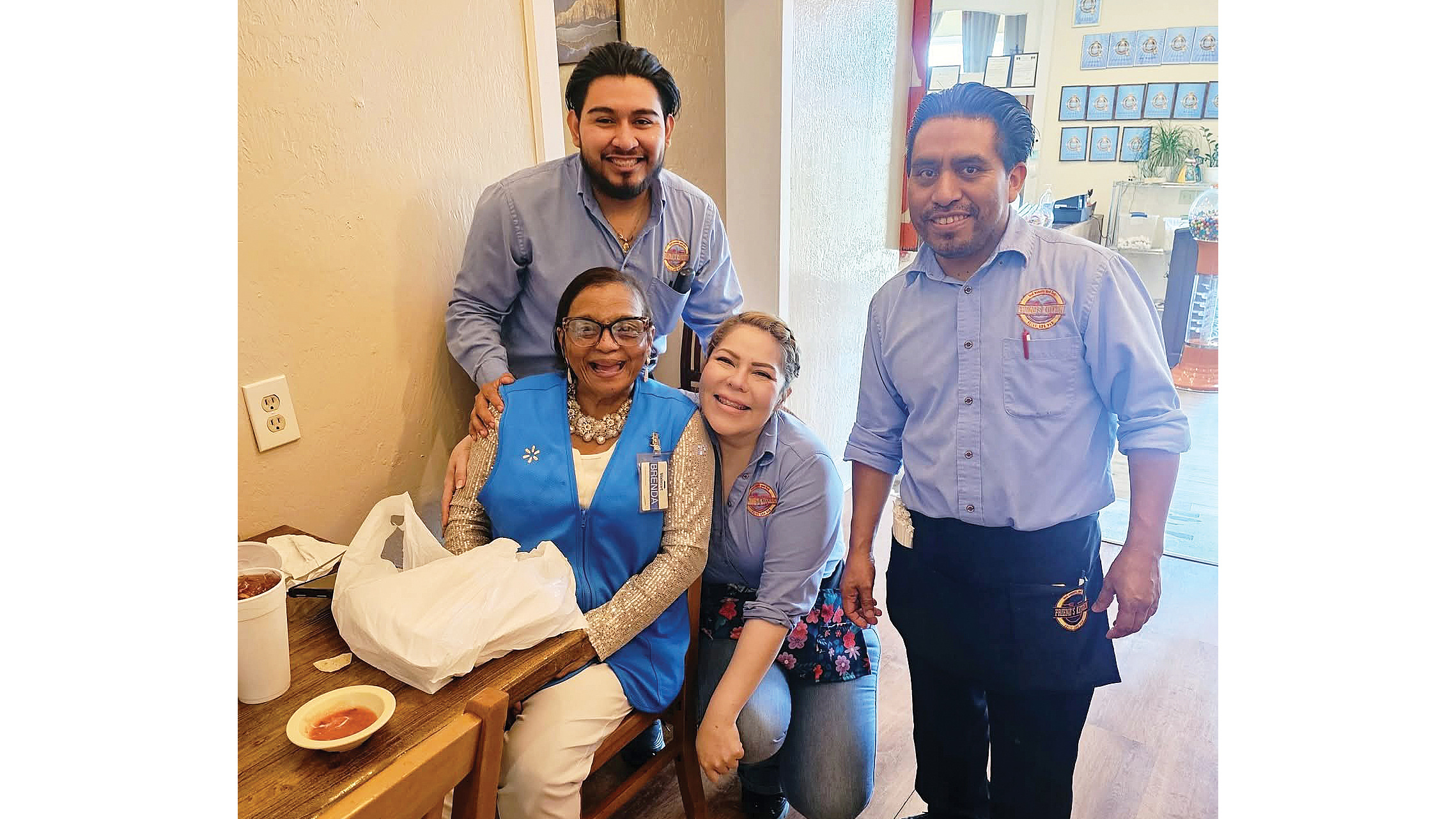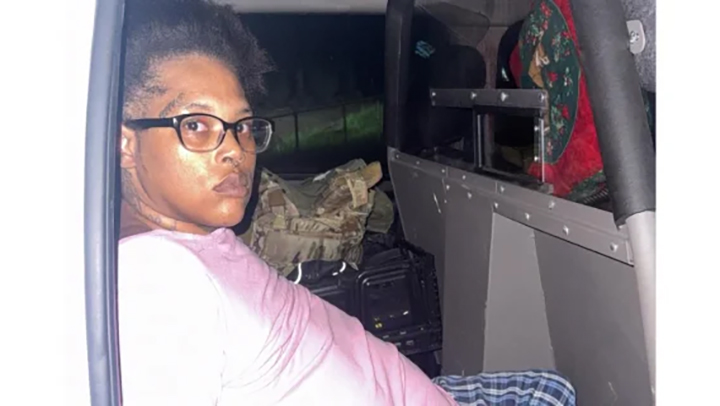It’s not the outside, it’s the inside that counts
Published 6:08 pm Tuesday, August 25, 2020
This summer marked the 30th anniversary of the Americans with Disabilities Act (ADA), a law designed to prohibit discrimination against people with disabilities. Recently I traveled to Madison and spent an afternoon with a young woman who daily benefits from that piece of legislation. Her name is Lauren Compere, and she was born with quadriplegia – the kind of disability that means she can’t tuck her hair behind her ear, lift a cup of coffee to her lips, or even readjust her shirt.
Each day, two shifts of personal assistants care for Lauren. With their help, she’s managed to graduate from Mississippi College and help found a non-profit that provides housing for people with disabilities. She water skis and has a new engagement ring on her finger.
At 27, Lauren is vibrant and fun, right down to her strappy sandals and powder blue pedicure. And it’s obvious from my time in her home that a big part of her story is her supportive family. The Compere household is loving and happy, but at the same time it’s a household characterized by the real and the raw. While we talked, Mom Lisa put bits of a brownie into Lauren’s mouth. Her dad, Richard, adjusted a special water straw.
Trending
They say Lauren’s condition is unusual because it’s not the result of an injury. Lisa doesn’t remember Lauren moving much in utero and definitely not after she was born. “I guess at three months is really when we started questioning things. When she got routine shots, she didn’t cry. She didn’t flinch.”
That’s when the Comperes made an appointment with a pediatric neurologist, where they learned Lauren was catastrophically disabled. What the doctor said next really got the young couple’s attention.
“He said, ‘But she’s going to be okay because she has good parents.’ It was almost like a challenge,” acknowledges Richard. “She will be okay IF she has good parents.”
So they made sure she grew up in a house with wide halls, swinging doors, and a roll-in shower. Every morning, one of her personal assistants puts Lauren in a Hoyer lift and places her under the stream of water.
“They get soaking wet, too, then they get me out and we continue the 3-hour process, depending on how much I have to get ready for the day,” Lauren says.
That’s a lengthy “getting ready” process, but everything takes longer when disabilities are involved. Lauren says that was a problem on church youth group outings. “I can remember multiple occasions where we looked up and were like ‘where did everyone go?’ Able-bodied speed is so much faster, and nobody thinks about that.”
Trending
Lauren’s dad, Richard, is an attorney, but back in 1990 when the ADA became law he didn’t pay much attention to it. “Because of Lauren, inaccessibility has a whole new meaning to me,” he admits. “For someone in a wheelchair, a 3- or 4-inch curb is the same as a 10-foot steel wall.”
Now he’s an ADA advocate. While Lauren was in elementary school, Richard pressed for her to have personal care on site. “I was able to get the lawyer for the Department of Education to call the school to say, ‘Yes, you will provide that service to Lauren.’”
Then when Lauren was in high school, he made sure she had an equal shot at the beauty pageant. He went to the school and said, “Lauren wants to participate. Will that be a problem?”
Officials told him they’d be glad to accommodate. But later Richard learned the program would include contestants climbing various stairways built just for the pageant. He said no, and the school had to redo everything.
“There were 53 ladies. Guess what? They chose nine beauties, and Lauren was one of the nine,” he smiles, his voice choked with emotion. “I mean, you don’t want to be a jerk. But if you’re going to accommodate, you’ve got to accommodate. Lauren shouldn’t be relegated to spinning around in the shadows.”
Lauren says her high school pageant is an example of the kind of obstacle the ADA can’t fix. “The ADA impacts brick and mortar. It allows people with disabilities to get jobs. It allows them to have access into buildings, and it allows them to go to school.”
And while all that is important, she maintains elevators and curb cuts aren’t really the heart of the matter.
“As long as the people inside have an attitude of ‘I want to connect with you. I want to see past the 500 pounds of black metal, and I want to get to know the person that’s inside that chair,’ then I’ll go into any building. Pick me up and carry me. I don’t care. It’s not about the brick and mortar physical access. It’s about the attitude that’s inside.”
Kim Henderson is a freelance writer. Contact her at kimhenderson319@gmail.com. Follow her on twitter at @kimhenderson319.




